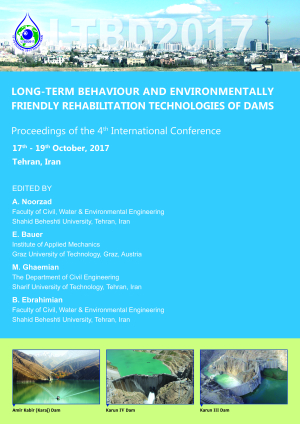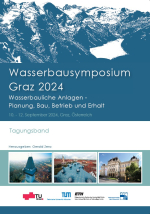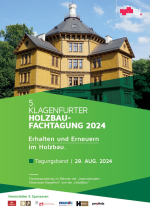PREFACE
The development of water resources is a key element in the socio-economic development of many regions in
the world. Water availability and rainfall are unequally distributed both in space and time. Shifting weather
patterns are predicted to further affect the amount of rainfall in many regions. Some areas will become drier
while others will see an increase in precipitation events. These changes will have untold consequences for
the freshwater supply of the people living there. Decisions in water management planning must take this
development into account.
In this context dams play a vital role, there being only a few viable alternatives for storing water. Dams hold
a prime place in satisfying the ever-increasing demand for power, irrigation and drinking water, in protecting
human life, property and the environment from catastrophic floods, and in regulating the flow of water.
Dams have contributed to the development of civilization for over 2,000 years. Worldwide there are roughly
45,000 large dams listed by ICOLD, which have a height over 15 meters. Today, in many countries where
most of the water resources have been developed, it is of prime concern to investigate the long term
behaviour of the existing dams and measures to rehabilitate them in order to extend their economic life.
The proceedings of the 4th International Conference on Long-Term Behaviour and Environmentally Friendly
Rehabilitation Technologies of Dams (LTBD 2017), which was held from 17 to 19 October 2017 at IRIB
International Conference Centre in Tehran, IRAN, include contributions from 19 countries. They provide a
state-of-the-art overview of the long term behaviour of dams covering aspects like load history and climate
changes, uncertainties and risk-informed decision making in dam design, construction and operation, the
time dependent behaviour of new construction materials, and new rehabilitation technologies. Traditional
areas are also considered, such as concrete dams and embankment dams, methods of analysis and design,
dam foundation, seismic analysis, design and safety, stability of dam and slope, dam safety monitoring and
instrumentation, dam maintenance, and rehabilitation and heightening.
These proceedings will be an excellent piece of reference for scientists, researchers, engineers and students
working in dam engineering, dam design, environmental engineering and structural hydraulics. We trust that
the contributions will provide an impetus for further study and research in all the areas covered.
We thank all conference participants and the authors of the papers for their contributions. Furthermore, we
are grateful for the support of the reviewers of the papers, the members of the International Advisory
Committee, the Scientific and Organizing Committees and the IRCOLD Secretariat. We also express our
sincere appreciation to the technical and financial co-sponsors: The Ministry of Energy, Shahid Beheshti
University, the Water Resources Management Company, and Iran Water and Power Resources Development
Company.
Tehran, October 2017
Ali Noorzad
Erich Bauer
Mohsen Ghaemian
Babak Ebrahimian







